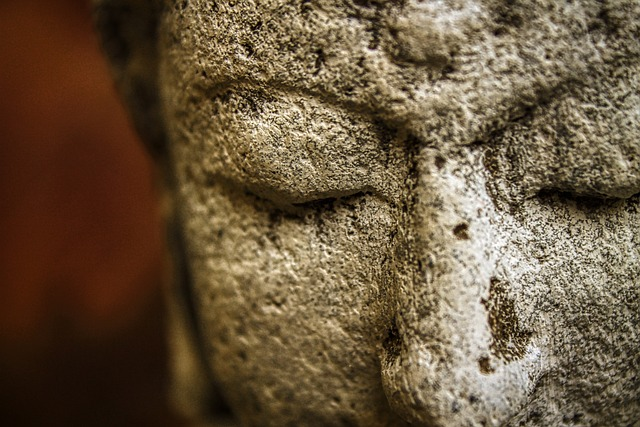Buddhism is a profound philosophy that offers insights into the nature of reality and the human condition. For beginners of Buddhism, one of the key Buddhist teachings is the concept of not-self, which refers to the absence of a permanent, independent self.
This idea challenges our conventional understanding of the self and provides a unique perspective on the nature of existence.
In this blog post, we will explore the concept of reality in Buddhism and its relevance to our lives. We will examine the nature of reality in Buddhism and the illusion of self according to Buddhist philosophy and provide practical insights on how to apply this understanding to our daily lives.
- What does Buddhism say about reality?
- What defines reality in Buddhism?
- What is Dependent Origination in Buddhist philosophy?
- What is the concept of not-self in Buddhist philosophy?
- What did the Buddha mean by suffering?
- What is the meaning of Awakening in Buddhism?
- How can we apply not-self to our daily lives?

What does Buddhism say about reality?
Understanding reality is central to structuring the identities of traditions from all over the world. The terminology each tradition uses distinguishes it from another’s worldview. Buddhism’s distinguishes itself from Hinduism or Christianity’s, for example, through the absence of a divine force which defines reality – Brahman in Hinduism and God in Christianity. But what is reality in Buddhism, how is it shaped, and what are some key concepts for understanding it?
What defines reality in Buddhism?
Buddhism’s philosophy rests on the concepts of suffering, impermanence and no-self. Buddha summarises, “We are what we think. All that we are arises with our thoughts. With our thoughts we make the world.” For Buddha, world and reality are interchangeable and do not refer to being ‘out there’ but are shaped by our interpretation. This is not an objective reality which exists separate from us but one we interact with and can change. There isn’t a distinction between ‘us’ and reality – it is a fluid and ever-changing relationship.
What is Dependent Origination in Buddhist philosophy?
This fluid and ever-changing picture of reality captures the transient nature of impermanence as well as dependent origination. Dependent origination points to an interconnected world where all things depend on another for their place and function and cannot independently arise.

What is the concept of not-self in Buddhist philosophy?
Just like dependent origination shows the interconnectedness of the world, suffering, impermanence and no-self cannot be explained without each other. No-self states that there is no unchanging, fixed self-nature but that our sense of self is impermanent and conditioned. It is conditioned because it is dependent on things we self-identify with and as.
What did the Buddha mean by suffering?
Not seeing the impermanence of our self-identity is what causes our suffering. When treating ourselves as unchanging, what we attribute to ourselves is projected onto the world. We project thoughts and ideas about something onto the thing itself without realising our view of it is being shaped by these projections. These projections hinder our ability to see the world as it is. This is what Buddha meant by, “We are what we think.” Whatever our state of mind is, whatever we identify as, is projected onto what we see.
What is the meaning of Awakening in Buddhism?
Seeing that suffering is caused by believing ourselves to be unchanging is to ‘awaken’ to reality. Unlike in suffering, where we project what we self-identify with and as onto the world, what we see reflects the world as it is. It is a shift from attributing things to ourselves, e.g. “My thoughts” or “I am thinking”, to seeing they are objects we observe – e.g. “There are thoughts” or “There is a mental activity.” This removes the notion of being a fixed self, which observes these things from the process and, in doing so, puts an end to suffering.
How can we apply not-self to our daily lives?
We can apply not-self to our daily lives by letting go of our attachments and developing compassion and empathy. Embracing impermanence is also essential for cultivating a deep understanding of not-self.
The concept of not-self in Buddhism provides a unique perspective on the nature of reality and the human condition. By understanding that there is no permanent, independent self, we can free ourselves from the illusion of control and develop a deeper sense of compassion and empathy. By embracing impermanence, we can cultivate a deep understanding of the interconnectedness and interdependence of all things.
If you’re interested in learning more about the reality of not-self in Buddhist teachings, check out our upcoming event with the resident Buddhist teacher Geshe Tenzin Namdak, to explore the depths of your own being and cultivate a sense of interconnectedness with all things.
Author: Lewis Gwilt





